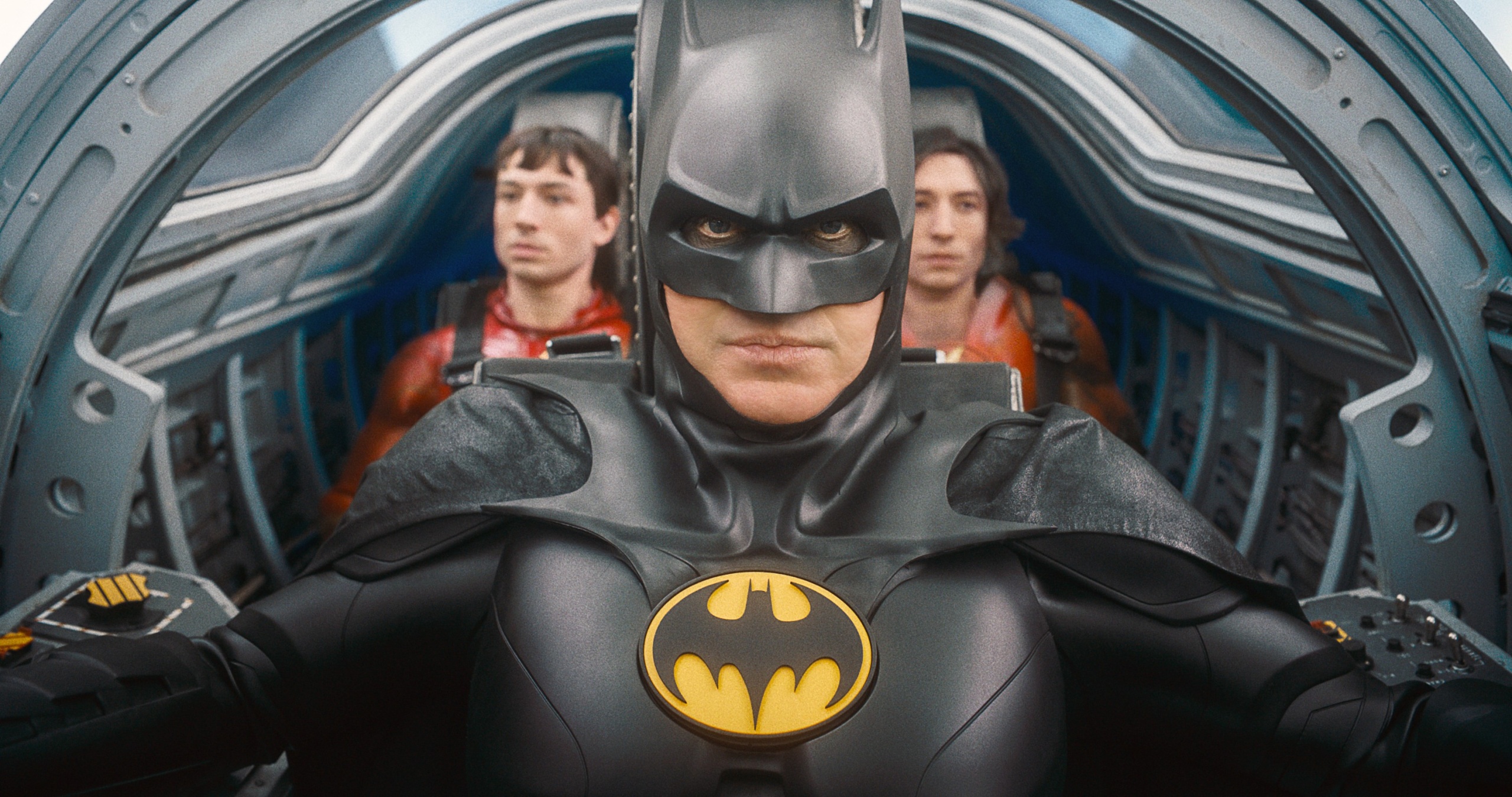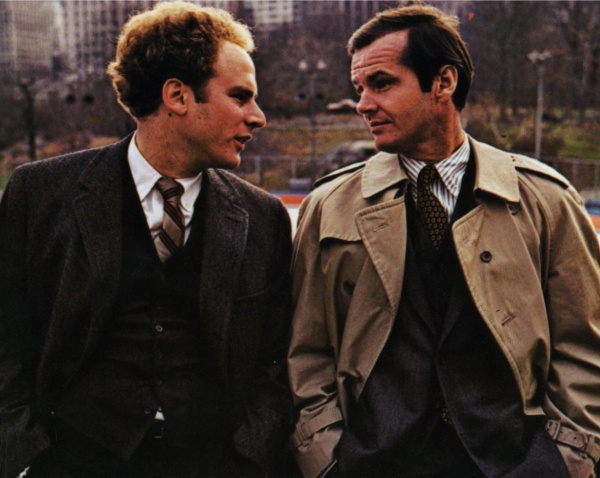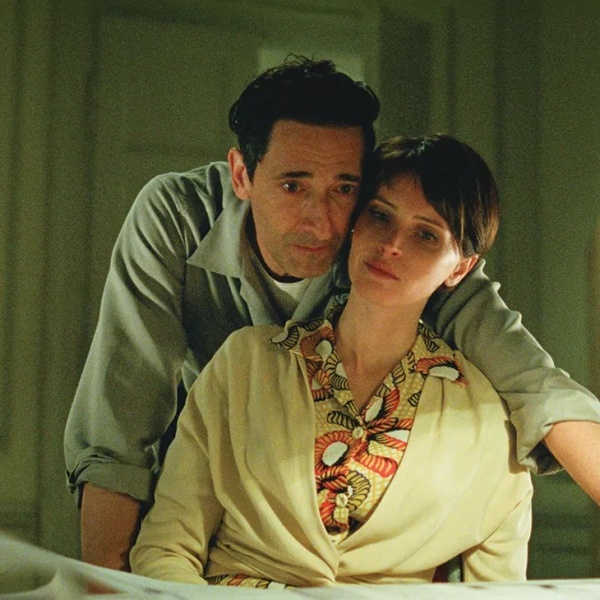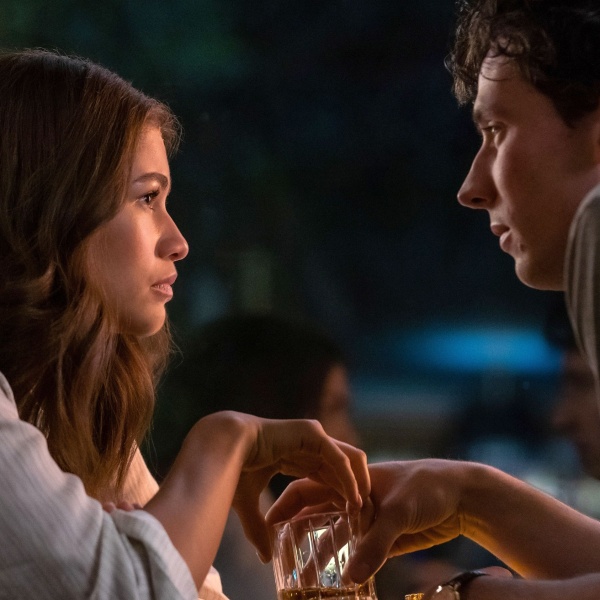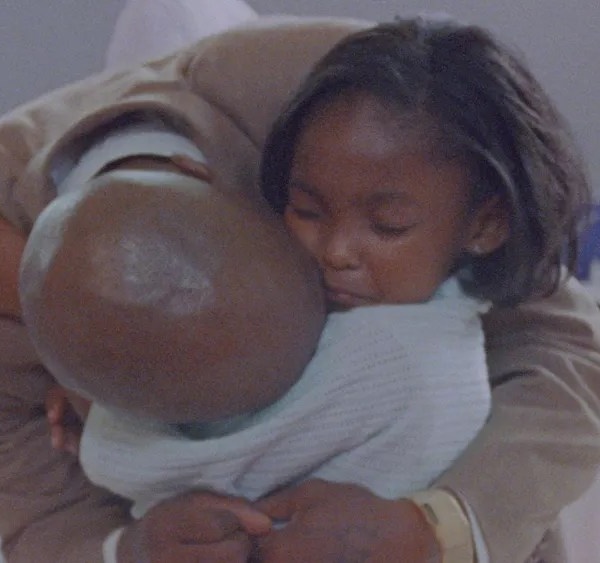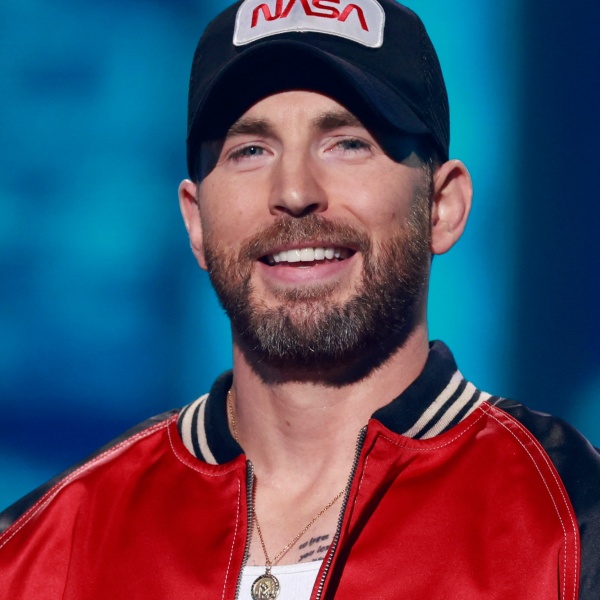[Editor’s note: The following post contains spoilers for both “The Flash” and its post-credits scene.]
Ah, the superhero movie post-credits scene. As the ever-evolving world of comic book cinematic universes has only grown over the past few years (important count notation: we’re currently at 32 released Marvel Cinematic Universe features, and 14 DC Extended Universe features, with plenty more to come), so too has the post-credits tag.
Once just a frisky and fun add-on, post-credits scenes are now tasked with serving a wide number of functions, from setting up a sequel to unveiling new heroes and fresh villains, to the point that even when a film doesn’t include a post-credits tag, it’s worth noting.
And now, something else entirely: the end of Andy Muschietti’s extremely buzzy and oft-delayed “The Flash” film doesn’t just set up what’s next for this standalone series, but hints at what’s to come for the wider DC film slate, which is currently in a state of profound flux and change. It’s not just the film’s sole post-credits scene on the hook to deliver that information either, it’s also the film’s final scene itself, which sets up a slew of queries about the future of the DC multiverse itself.
[One more warning: The following post contains spoilers for both “The Flash” and its post-credits scene.]
As Variety reported earlier this month, the secrecy surrounding the film’s final scene and its post-credits sequence was not just a product of Warner Bros. wanting to keep some fun surprises under wraps, but was also rooted in a desire for flexibility surrounding the future of the franchise. The outlet reported that “at the height of [star Ezra] Miller’s PR problems, Warners was looking to keep its options open with regards to the future trajectory of the speedster.” In short, just how much was that ending going to nod at more adventures to come? And, even if Miller seems locked to return for more films, which other DC superhero would be joining them for the ride?
Per that Variety story, the film’s final scene was “changed multiple times” before it screened at CinemaCon in April, and “the version that screened at CinemaCon in April ended abruptly, with a chunk of the final scene missing. At screenings on the Burbank lot this week, the final scene was intact, but Warners blurred out key elements.” Muschietti’s film ends with Miller’s Barry Allen (aka The Flash) pleased after seemingly a) setting the multiverse back to “normal,” after the film’s time-bending adventure that sees the superhero altering multiple timelines after he discovers he can literally run fast enough to go back in time and b) celebrating the release of his beloved father (Ron Livingston) after one tiny tweak Barry did make in the past helps exonerate him in the “current day.”

But, as we learn during the course of the film — mostly, care of Michael Keaton’s Batman, who appears as just one of the many changes to Barry’s “normal” timeline after he goes back in time (in his timeline, it’s Ben Affleck who plays the Caped Crusader) — screwing up time has plenty of unintended consequences, the kind that go forward and backward. So when a very happy Barry emerges from the local courthouse and gets a call from “Bruce Wayne,” he’s excited to see his usual pal: but it’s George Clooney (like Keaton, another former Batman star) who pulls up to greet his pal. Oops!
Early screenings of the film that did include its final moments blurred out the appearance of Clooney as Bruce Wayne/Batman. Audience members knew some Batman was arriving, and that his appearance shocked Barry (who yelps, “Who the fuck is this?” when the hero gets out of his vehicle), but it was unclear which Batman was on deck.
Clooney is not the only DC hero who appears in the film’s final moments, though it’s unclear how much of a part he’ll play in the series going forward (it seems more likely that The Flash’s next adventure will involve setting right the timeline and getting Affleck back, though the actor has been publicly disinterested in returning to the role, so maybe we get lots more Clooney, and maybe we get somehow entirely new). But there’s one person that DC seems ready to announce is very much part of the future of the franchise (alongside Miller), and that’s the hero who shows up in the film’s lone post-credits scene: Jason Momoa.

During “The Flash,” once Barry is tossed into a new timeline, he sets about tracking down the rest of the Justice League, at least as he knows it. He can’t find Diana Prince/Wonder Woman (star Gal Gadot appears in an early scene of the film, FYI), soon learns that Victor Prince (Ray Fisher) has not become Cyborg, and even realizes that Momoa’s Arthur Curry wasn’t even born (and thus his Aquaman does not exist). Bruce Wayne/Batman is, of course, now Michael Keaton. And Superman? He never made it to Earth, but his cousin Kara Zor-El (Sasha Calle) did.
In his somewhat-back-to-normal timeline, Barry does find Arthur, aka Aquaman, who seems to have spent most of his adult life getting drunk in dive bars. Barry attempts to explain to Arthur the ins and outs of the multiverse — like that there’s always a Bruce Wayne/Batman, though he’s different people throughout each timeline — but Arthur is too drunk (and, understandably, too confused) to truly process what his young friend is telling him. Instead, he splashes out in a big puddle (it’s “his home”!), tells Barry to take his “Atlantean treasure” (a ring) to get more beer, and passes out.
It’s short and funny, but it also establishes that Miller remains The Flash, Momoa is back in the fold as Aquaman, and they’re seemingly going to be going on some further multiverse-spanning adventures together, and soon. All that, in less than a minute!
A Warner Bros. release, “The Flash″ is now in theaters.
